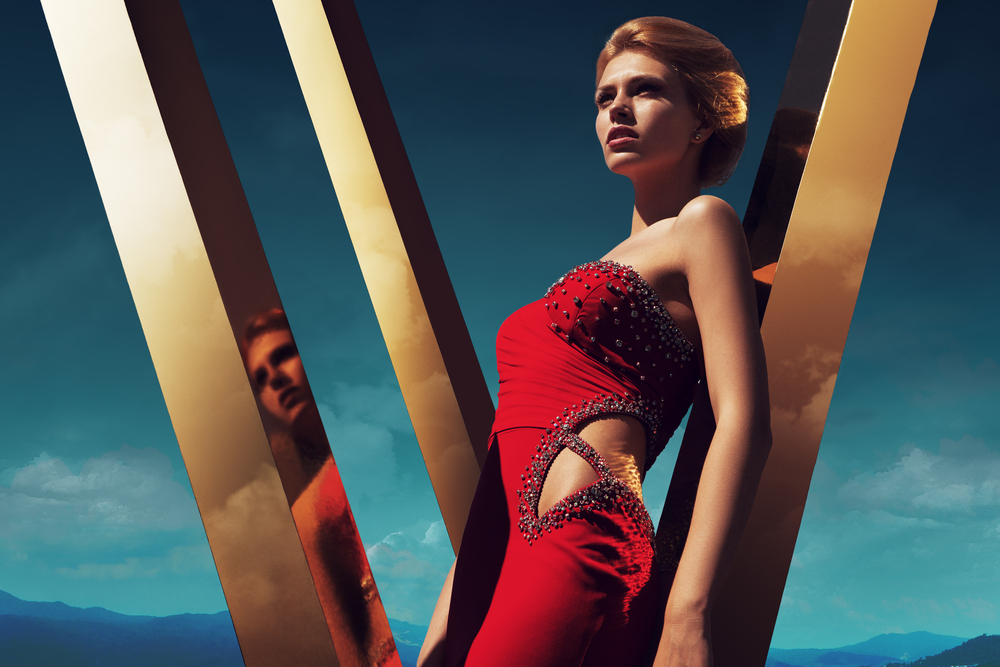
modelling is an art form in itself. The ability to showcase clothing, accessories, or even a particular lifestyle requires much more than just good looks. Successful models possess an intangible quality that captivates audiences and leaves a lasting impression. This quality is known as on-camera charisma, and today we will unveil the secrets behind achieving it.
Creating a Connection with the Camera
When it comes to modelling (or modeling) , the camera lens becomes your audience. To be successful, you must establish a connection with the camera that translates into captivating photographs. One of the key aspects of this connection is maintaining eye contact. By gazing into the lens, you create a sense of intimacy that draws viewers in. Practice in front of a mirror, experiment with different poses and expressions, and find your most flattering angles.
Another crucial element of on-camera charisma is body language. Models must demonstrate confidence, grace, and fluidity in their movements. Every pose and gesture should appear effortless and natural. Practice different poses, experiment with your body language, and learn to strike a balance between elegance and authenticity.
Mastering Facial Expressions
Facial expressions are a powerful tool for models. They convey emotions, tell stories, and make the audience feel connected. Your eyes, lips, and even subtle movements in your face can greatly impact the success of a photoshoot. Develop a range of expressions, from smoldering intensity to radiant joy. Experiment with different facial expressions and discover the ones that best suit the brand and style you are portraying.
modeling doesn't always require a smile. In fact, many successful models have built their careers on their ability to convey complex emotions through their expressions. Fashion photography often relies on models who can project mystery, sensuality, or even vulnerability. Become comfortable with a variety of expressions to broaden your range and adapt to different photo concepts.
Understanding the Importance of Body Language
Body language speaks volumes in modeling (by models) . While facial expressions capture emotions, your overall body posture and movement dictate the mood of a photoshoot. Successful models understand how to use their bodies to enhance the visual impact of a photograph.
Posture plays a significant role in modeling (or modelling) . A strong, elongated spine and relaxed shoulders create an air of elegance and confidence. Practice standing tall, walk gracefully, and experiment with different poses that highlight your best features.
Moreover, consider the angles and positioning of your body. Learn which angles flatter you the most and how to accentuate them in front of the camera. Experiment with different poses, such as crossing your legs, leaning against a wall, or using props to add depth and dimension to your photos.
The Power of Versatility
Successful models possess a versatile skill set that allows them to adapt to various photoshoot themes and requirements. The ability to embody different styles, personalities, and aesthetics sets apart exceptional models from the rest. Embrace diversity, and don't be afraid to step outside your comfort zone. Develop your ability to switch between different characters and moods, allowing you to take on a wider range of modeling opportunities.
Modeling isn't just about showcasing clothes; it's about telling a story. When you can channel different personas effortlessly, you breathe life into each photoshoot, making it an immersive experience for both you and the viewer.
Frequently Asked Questions
1. How can I improve my posing skills as a model?
Improving your posing skills requires practice and experimentation. Study the works of successful models and photographers for inspiration. Practice in front of a mirror to find your best angles. Experiment with different poses and have someone take your picture to evaluate the results. Over time, you'll develop a natural ability to strike captivating poses.
2. What can I do to overcome camera shyness?
Camera shyness is common, even among experienced models. The key to overcoming it lies in building confidence. Practice in front of a mirror or with a small group of supportive friends or photographers. Gradually expose yourself to bigger audiences or more challenging shoots. With time and patience, you'll become more comfortable in front of the camera.
3. How important is it to have a unique personal style as a model?
A unique personal style can set you apart in the highly competitive modeling industry. It helps create a distinct brand and makes it easier for clients to remember you. Experiment with different styles and identify the one that aligns with your personality and target audience. Developing a unique personal style can significantly enhance your modeling career.
4. What do photographers look for in a model during a casting?
Photographers look for models who can bring their concepts to life. They seek individuals with excellent posing skills, versatile looks, and strong expressions. Confidence, professionalism, and the ability to take direction are also highly valued. Remember to showcase your range and unique qualities during castings.
5. How can I build a strong modeling portfolio?
Building a strong modeling portfolio requires a diverse range of high-quality photos. Start by collaborating with photographers, stylists, and makeup artists who align with your vision. Attend photoshoots, fashion shows, and events to network and gain exposure. Constantly update your portfolio with your best work to showcase your growth and versatility.
Modeling is an intricate art that goes beyond mere appearances. Mastering on-camera charisma involves developing a connection with the camera, mastering facial expressions and body language, being versatile, and building a unique personal brand. With dedication and practice, you can unravel the secrets behind successful modeling and make a lasting impact in the industry.
Other useful resources
- https://www.planetmodelphoto.com/models/modeling/usa/wilmington/nc-north-carolina
- https://en.wikipedia.org/wiki/Category:Modeling_agencies
- https://en.wikipedia.org/wiki/Category:Modeling_(profession)
- https://en.wikipedia.org/wiki/Category:Models_by_modeling_agency